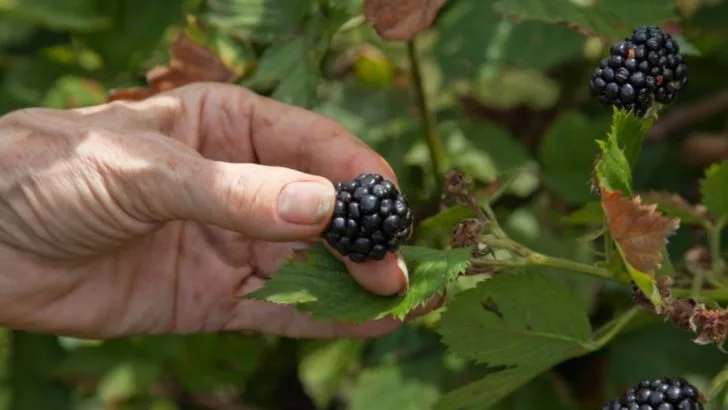Blackberries are a delicious and rewarding fruit to grow in your garden, but to ensure a bountiful harvest, you need to follow a few key guidelines. From choosing the right variety to understanding their soil and sunlight needs, each step is crucial for success. One of the first things to know is that blackberries love well-drained soil, so adding compost or organic matter can significantly improve their growth.
These hardy plants thrive when given the right amount of space and sunlight—at least 6-8 hours of full sun each day. Another important factor is pruning, which helps prevent overcrowding and encourages better fruit production. While blackberries are relatively low-maintenance once established, there are a few things you need to watch out for, like pests, disease, and overwatering. These 15 expert tips will guide you through everything from planting to harvesting, ensuring you enjoy juicy, sweet blackberries year after year.
Choose the Right Variety
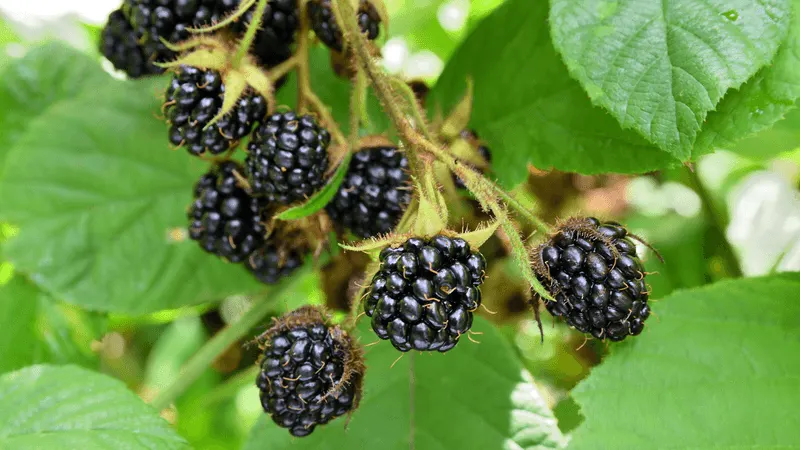
Before planting, it’s crucial to select a blackberry variety that suits your climate and soil conditions. Thornless varieties like Navaho and Arapaho are great for easy maintenance. If you’re in a colder region, opt for the hardy Chester Thornless. Each type has distinct growing habits and fruiting seasons, so understanding these can make a significant difference in your overall success. Research local nurseries or gardening centers for recommendations tailored to your area. Investing time in choosing the right variety can set the foundation for a flourishing blackberry patch.
Prepare the Soil
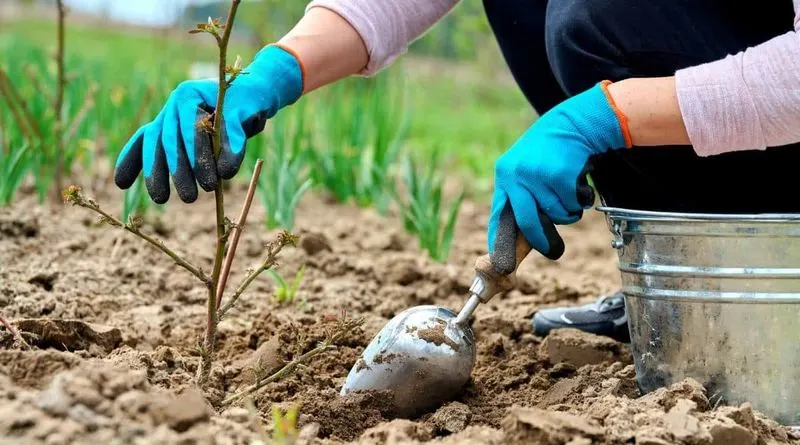
Blackberries thrive in well-drained, slightly acidic soil. Begin by tilling the soil and mixing in organic matter such as compost or aged manure. This improves drainage and provides essential nutrients. A soil pH of 5.5 to 6.5 is ideal, so consider testing the pH and amending it if necessary. Lime can be added to raise the pH, while sulfur can lower it. Proper soil preparation is a critical step that affects plant growth and fruit production. Healthy soil leads to robust plants, which results in a more abundant harvest.
Planting the Blackberries
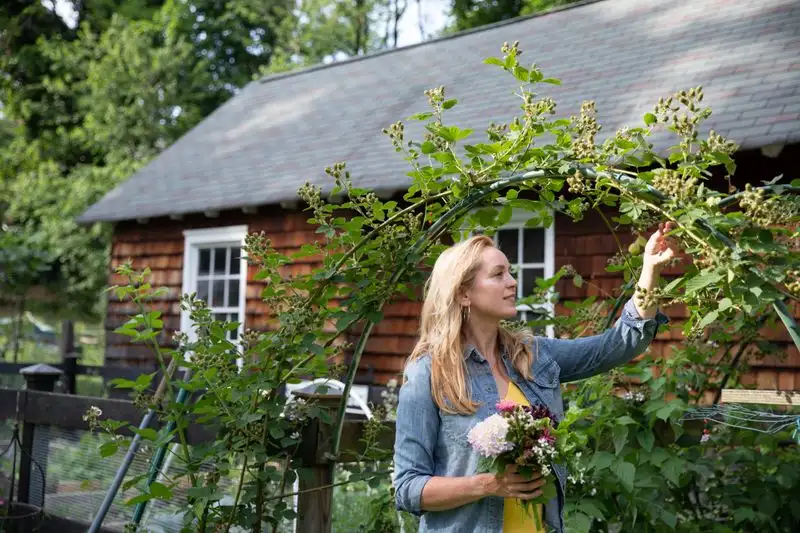
When planting blackberries, spacing is key to healthy growth. Canes should be spaced about 3 to 4 feet apart in rows that are 6 to 8 feet apart. This allows for adequate sunlight and air circulation. Dig holes deep enough to accommodate the root systems without crowding them. After placing the canes, backfill with soil and water thoroughly to settle the roots. Mulching around the base can help retain moisture and suppress weeds. Careful planting ensures that your blackberry plants have the best start possible, promoting vigorous and fruitful growth.
Watering Schedule
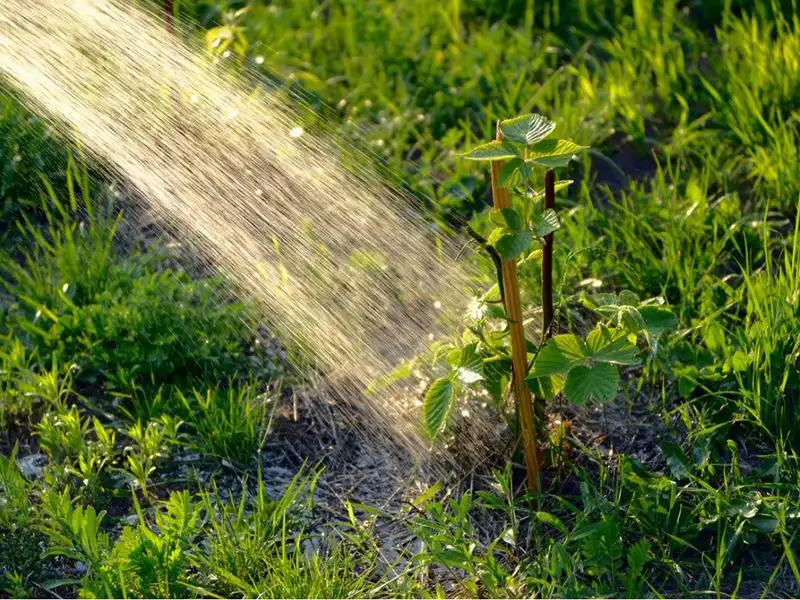
Consistent watering is vital for blackberry plants, especially during the growing season. Aim to provide about 1 to 2 inches of water per week, either through rainfall or supplemental irrigation. Overwatering can lead to root rot, so ensure the soil has proper drainage. A drip irrigation system can help deliver water directly to the roots, minimizing wastage and keeping foliage dry. Adjust the watering schedule during extremely hot or rainy periods. By maintaining an even moisture level, plants remain healthy, leading to juicier, more flavorful berries.
Fertilizing Blackberries
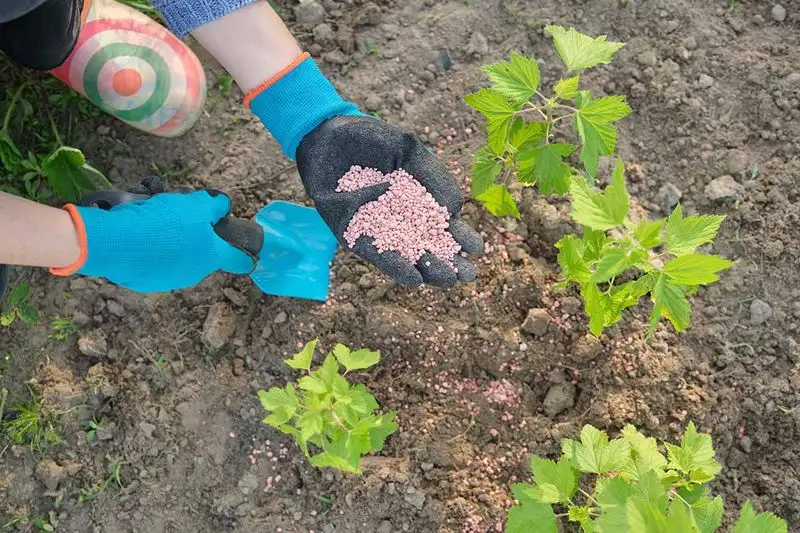
Fertilizing blackberries supports their vigorous growth and fruit production. Apply a balanced fertilizer like 10-10-10 in early spring as new growth begins. A second application can be beneficial after fruiting to support the next year’s growth. Be mindful not to over-fertilize, as this can lead to excessive foliage with fewer berries. Organic options such as composted manure or fish emulsion offer a natural alternative. Fertilizers should be spread evenly around the base of the plants and watered in well. This ensures nutrients are available when plants need them most.
Pruning Techniques
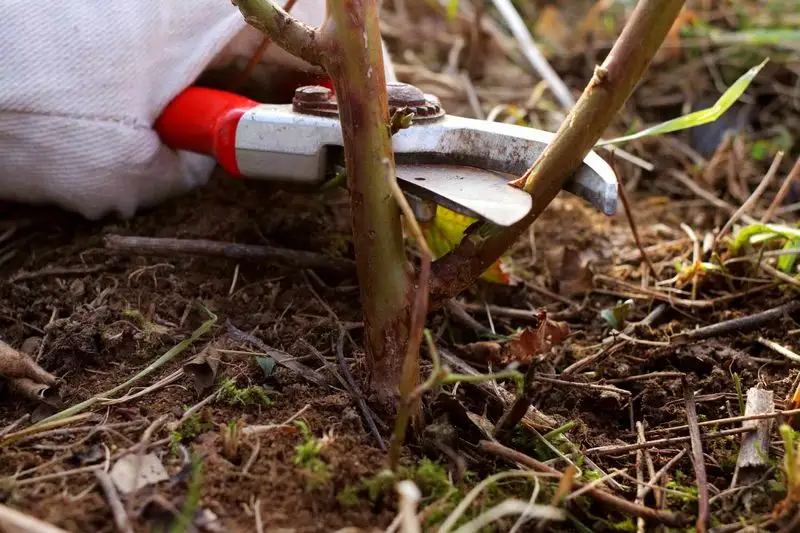
Regular pruning is essential to maintain plant health and maximize fruit production. After harvesting, remove any canes that have fruited, as these will not bear fruit again. Focus on thinning out weak or overcrowded canes, allowing sunlight and air to penetrate the plant. In early spring, tip-prune new canes to encourage lateral growth. This results in more fruiting sites. Proper pruning not only increases yields but also helps prevent diseases by improving air circulation. Pruning should be done with clean, sharp tools to avoid damaging the plants.
Pest Management
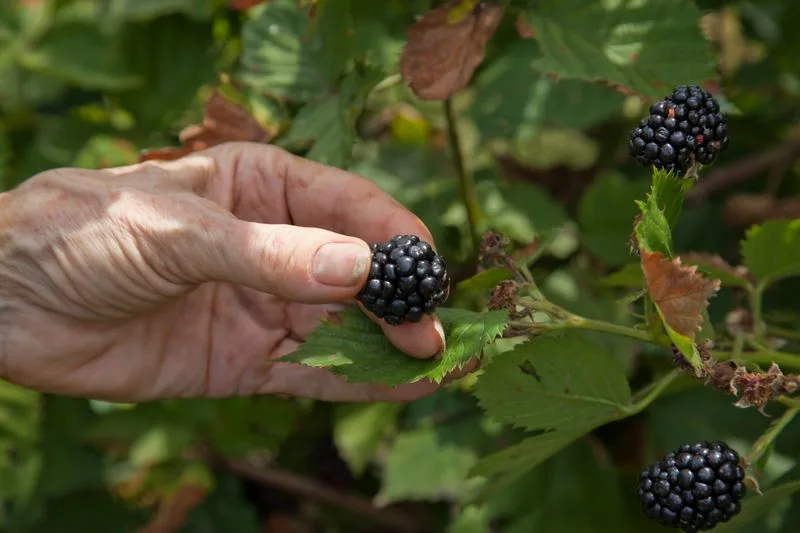
Blackberries can attract pests such as aphids, spider mites, and Japanese beetles. Regular inspection of plants is crucial to catch infestations early. Natural predators like ladybugs can help control pest populations. If needed, organic sprays such as neem oil or insecticidal soap offer effective treatment. Keeping the garden area clean and free of debris reduces pest habitats. Consider introducing companion plants like garlic or marigolds that deter pests naturally. Implementing a pest management strategy ensures your blackberries remain healthy and productive without relying heavily on chemicals.
Disease Prevention

Diseases like powdery mildew and anthracnose can affect blackberry plants. To prevent these, ensure proper spacing for airflow and avoid overhead watering. Applying organic fungicides during wet seasons can offer protection. It’s also essential to remove and destroy any infected plant material promptly. Choosing disease-resistant varieties can minimize risks. Regularly cleaning tools and equipment prevents disease spread. By focusing on prevention, you maintain a healthy garden that rewards you with bountiful harvests. Vigilance and proactive care are key to keeping your blackberries disease-free.
Support Structures
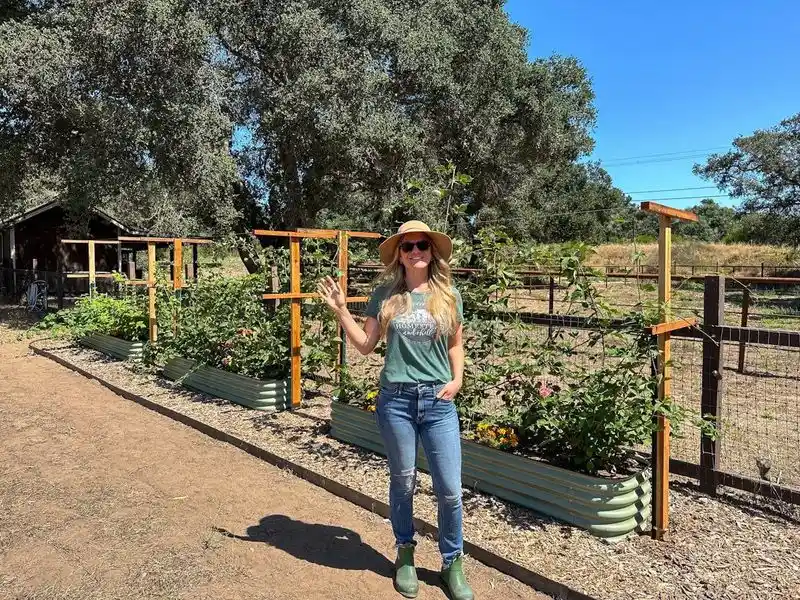
Blackberries often benefit from support structures like trellises to keep canes upright and organized. This not only improves air circulation but also makes harvesting easier. A simple trellis or wire system can be constructed using sturdy posts and horizontal wires. Attach canes to the wires using soft ties or garden twine, allowing them to grow vertically. This setup maximizes space and sunlight exposure. Supported plants are less prone to disease and produce more fruit. Investing in a support system simplifies maintenance and enhances the overall health of your blackberry patch.
Harvesting Blackberries
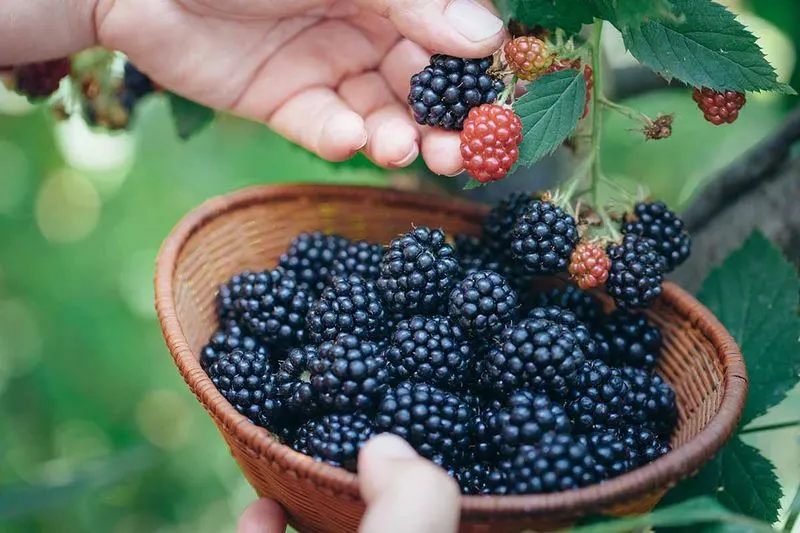
Picking blackberries at the right time ensures the best flavor and texture. Ripe berries are deep black and come off the stem easily. Harvest them every few days during the peak season to encourage continuous production. Handle berries gently to avoid bruising, placing them in shallow containers to prevent crushing. Harvesting in the morning when temperatures are cooler can help preserve freshness. Enjoy fresh-picked berries immediately or store them in the refrigerator for a few days. By harvesting regularly, you extend the fruiting season and delight in the sweet rewards of your efforts.
Winter Protection
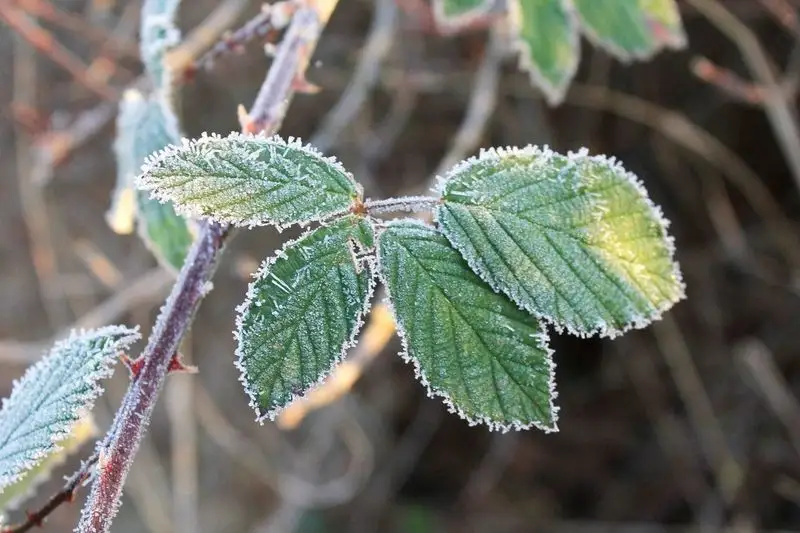
Preparing blackberry plants for winter ensures their survival through harsh weather. Begin by applying a thick layer of mulch, such as straw or wood chips, around the base of the plants. This insulates the roots and conserves moisture. In colder regions, consider using protective coverings like burlap or frost blankets to shield canes from freezing temperatures. Reducing pruning in late fall helps minimize exposure to cold damage. Winter preparation safeguards your blackberry plants, ensuring they return vibrant and productive when spring arrives. Attention to detail in fall leads to healthier plants come spring.
Propagation Methods
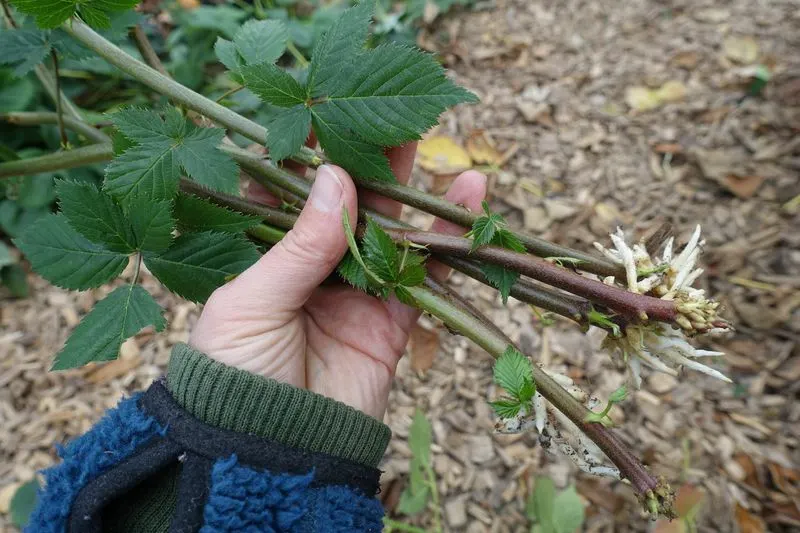
Expanding your blackberry patch can be achieved through propagation methods like tip layering. This involves bending a healthy cane to the ground and covering the tip with soil, where it will root and form a new plant. Another method is using root cuttings, ideal for creating multiple plants from a single parent. Both techniques are cost-effective ways to increase your blackberry crop without purchasing new plants. Propagation allows gardeners to share plants with friends or expand their garden space. Successful propagation relies on patience and careful attention to detail.
Companion Planting
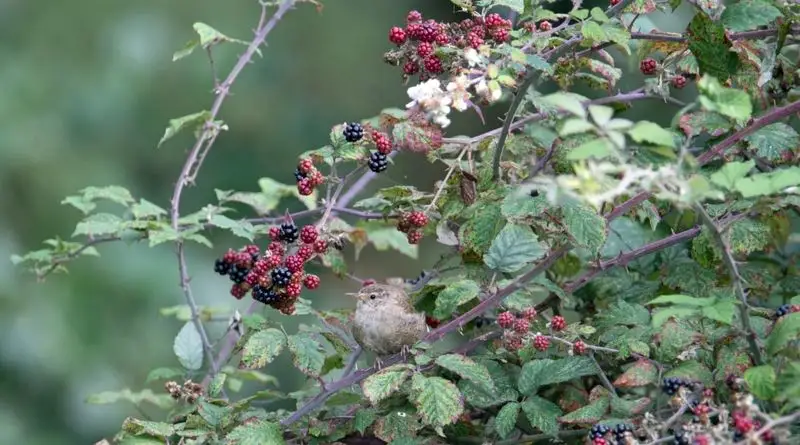
Companion planting with blackberries can enhance growth and deter pests naturally. Plants like garlic and marigolds are excellent choices, as they repel insects and improve soil health. Growing herbs such as mint or basil nearby can attract beneficial pollinators. Ensure companion plants do not compete with blackberries for nutrients or space. This harmonious planting method boosts biodiversity and creates a balanced garden ecosystem. Thoughtful companion planting contributes to healthier plants and a more productive harvest. Integrating a variety of plants fosters a thriving garden environment, beneficial for blackberries and beyond.
Weeding and Mulching
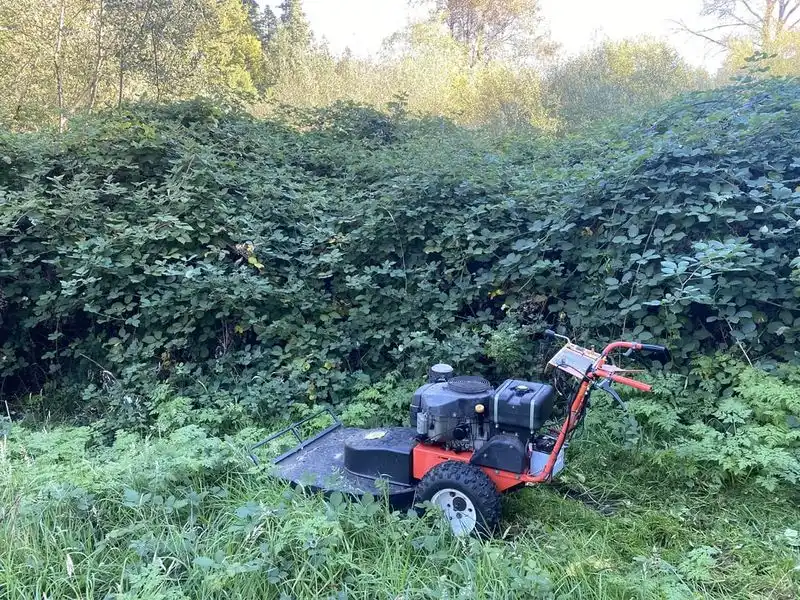
Keeping blackberry beds free of weeds is essential for healthy growth. Weeds compete for nutrients and water, potentially stunting plant development. Regularly remove weeds by hand or with tools, being careful not to disturb the blackberry roots. Applying mulch around the base of the plants serves a dual purpose: it suppresses weeds and retains soil moisture. Organic options like wood chips or straw are ideal for mulching. Consistent weeding and mulching maintain a tidy garden bed, allowing blackberries to flourish. These practices create an optimal growing environment, resulting in a more abundant berry harvest.
Enjoying and Preserving Your Harvest
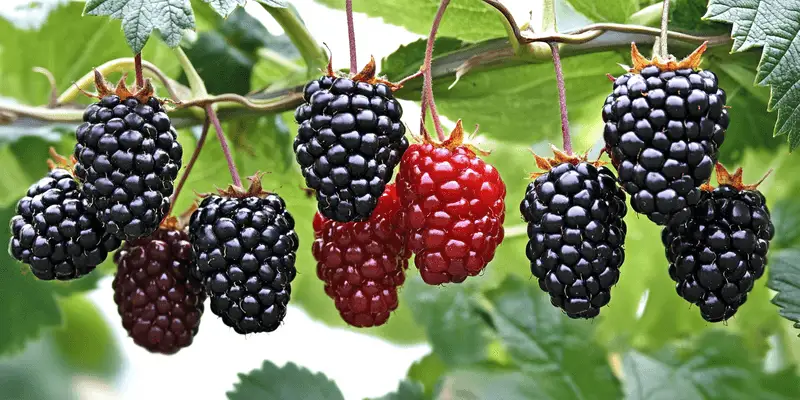
After enjoying fresh blackberries, preserving the harvest extends the enjoyment. Homemade jams and jellies capture the essence of summer in a jar. Freezing berries is another option, preserving their flavor for use in smoothies or baking. Properly washed and dried berries can be spread on a baking sheet to freeze individually before transferring to storage bags. This prevents clumping and makes it easy to retrieve just what you need. Dried blackberries offer a tasty snack, perfect for adding to cereals or trail mixes. Preservation transforms your harvest into lasting delights, perfect for year-round enjoyment.

